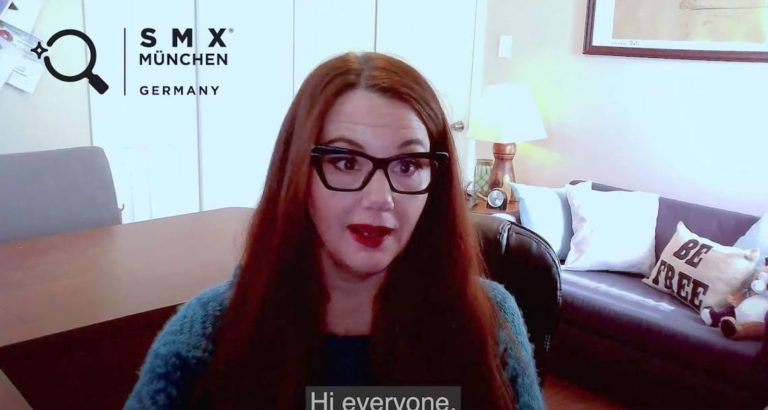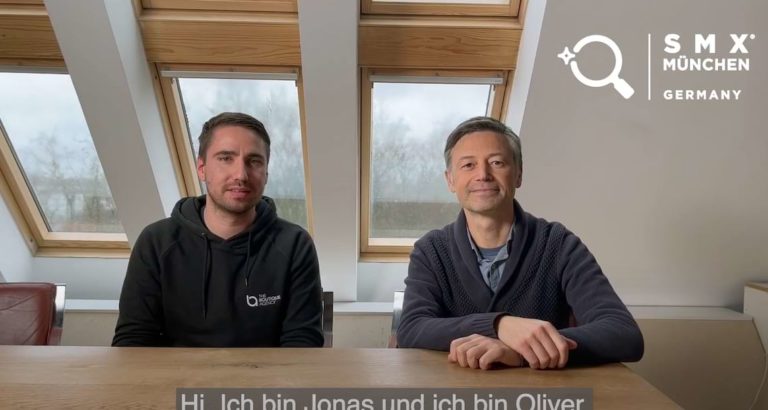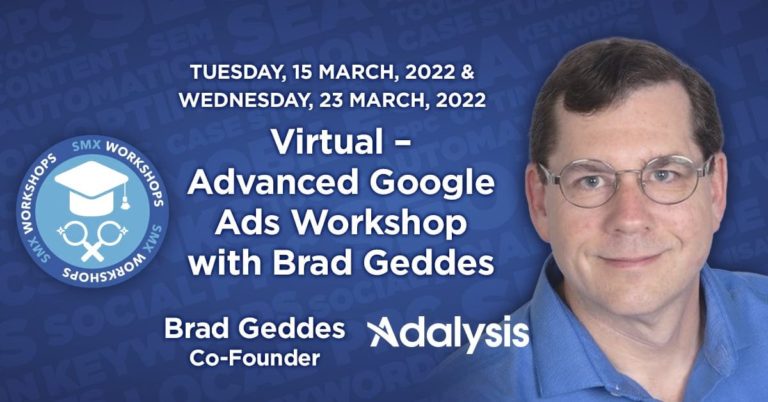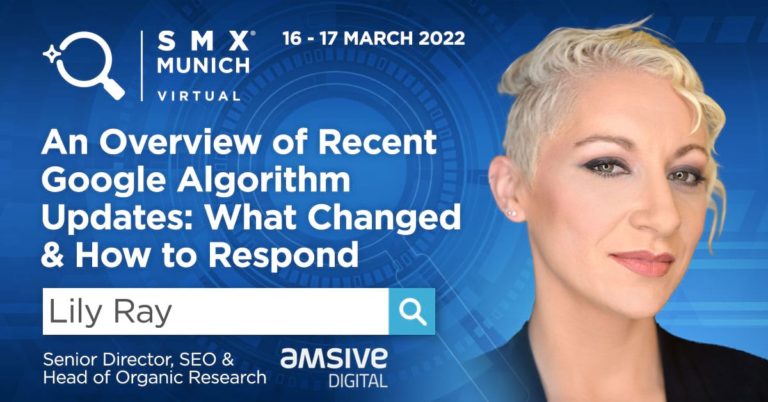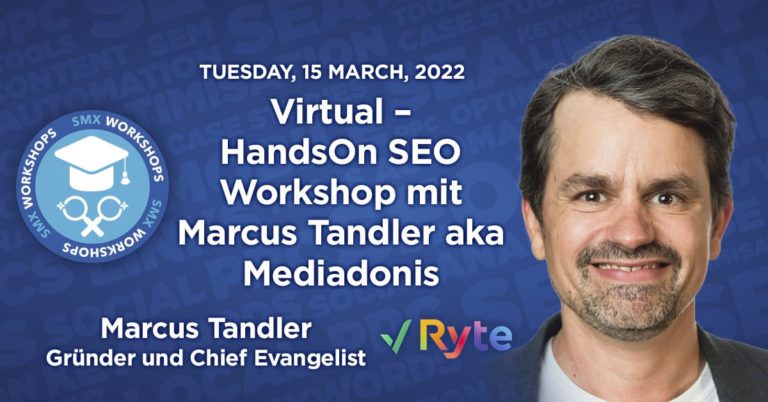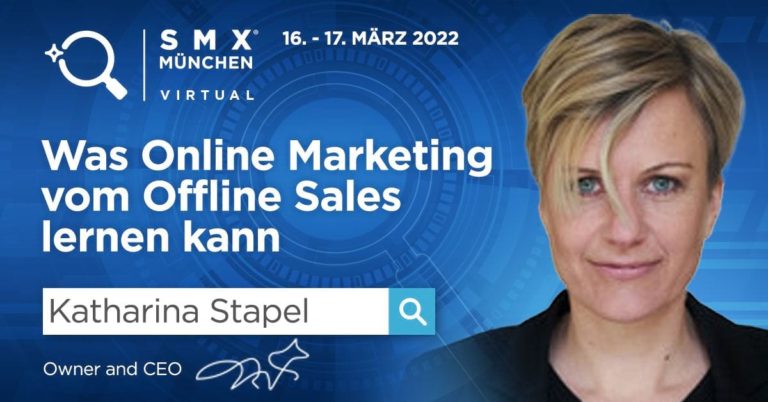Rand Fishkin über seine Keynote auf der SMX
Über Rand Fishkin (@randfish, http://randfishkin.com/blog/) muss man regelmäßigen Besuchern der SMX München eigentlich nichts mehr sagen. Auf der SMX 2011 erntete er offene Begeisterung für seine Präsentation über die Verschiebung von Ranking-Faktoren hin zu sozialen Signalen. Eine kleine Auswahl an Blogstimmen dazu:
Bert Schulzki: „Insgesamt eine gelungene Veranstaltung, die sich gelohnt hat. Wie oft bekommt man in Deutschland schon die Gelegenheit Rand Fishkin zu erleben? Die Qualität der Vorträge war jedenfalls hervorragend, auch wenn (oder vielleicht gerade weil) es nur sehr wenige unterschiedliche Speaker waren.“
Ludwig Coenen: „Die diesjährige SMX war mal wieder rundum gelungen, klar, die Rand Fishkin Keynote war sicherlich ein Highlight, über das ja auch schon mehr als genug geschrieben wurde.“
Astrid Staats: „Mein totaler Star dieses Jahr war Rand Fishkin (fishkin awesome!), der sowohl bei der Keynote, als auch im Panel “Creativity vs. Technology” über sich hinausgewachsen ist. Gerade im Panel mochte ich seine extrem kreativen Linkbuilding-Tipps: absolut whitehat, absolut smart, einfach empfehlenswert!“
Marcus Tandler (selbst auch mit seinen „Webmasters on the Roof“ eine der SMX-Institutionen): „Rands Keynote war einfach wieder der Hammer“.
Auch diesmal wird Rand Fishkin, CEO und Mitbegründer der SEO-Softwarefirma SEOmoz, am 27. März mit seiner Keynote die SMX eröffnen und an mehreren Panels teilnehmen. Auf unsere Fragen, was er mitbringt, antwortete er folgendermaßen:

Rand, last year you rocked the audience in Munich with your new data about just how important social signals already had become in Google’s algorithm. Any hop of topping this at SMX 2012?
This year I’m planning to bring a lot of data to help show some more macro-level shifts in the world of online marketing and search. I hope to make these equally actionable (if not more so), and I think the audience will seriously enjoy it. We’ve run a few interesting tests on the overlap of influence between mediums like search, user-behavior, social and rankings. I suspect these will prove very interesting.
Are ranking factors continuing to change at last year’s speed?
The factors themselves appear a bit more stagnant than in years past. That said, new forms of data are coming and going. For example, last year, Facebook + Twitter may have had some direct impact on search rankings, but with Google’s move to Google+, deals between the companies broke down and third-party social may be playing a more second-order effect role today.
I’ve read on your website you have one last pair of a certain yellow puma sports shoe which is not produced any longer. You always wear these for your presentations. Any plans to visit the puma headquarter in Herzogenaurach to look for yellow shoes? It’s just a two hours drive from Munich 😉
Ha! That’s a good idea. But, I’m worried that when you say “2 hours drive” you want me to go 200kmph on the Autobahn 🙂 Sadly, I probably won’t have time to visit, but I’m always keeping my eye out for new yellow Pumas.
Could you name major trends in SEM/SEO, which illustrate why marketers should update their knowledge on conferences like SMX?
There are so many, it’s nearly impossible to name them all.
I’ll start with my top 5:
1. The shift from SEO as a singular practice, to an individual tactic that’s part of the broader inbound marketing world (including things like content marketing, social media, conversion rate optimization, email, web analytics, etc). This is both because the practices create powerful synergy when leveraged together and because search engines are broadening their algorithms to include data from all sorts of web activities, tying SEO success to other channels.
2. Additions of new forms of SEO opportunities like rel=author, video XML itemaps, http://schema.org and rich snippets, enhanced vertical results in areas like commerce, local, flights and recipes – these make it critical to stay on top of the latest trends so that potential opportunities don’t pass your marketing team by.
3. New web portals, social platforms and places for participation (Quora, Pinterest, Google+, etc). Marketers who don’t understand these rapidly growing sites may fail to take advantage of content or marketing opportunities.
4. The massive growth in tools + software available to SEO and inbound marketing professionals. Every day there’s new, useful, interesting stuff that appears, and going to a conference like SMX can be a great way to discover them.
5. The evolution of web spam and search quality guidelines are going at a rapid pace. Google has recently started announcing many of these changes, but sites that fail to keep up could find themselves in ugly situations.
I’m looking forward to seeing everyone at SMX Munich!
